In the past few years, there has been widespread adoption of cross-platform development frameworks. Cross-platform mobile app development frameworks can operate on various platforms, including Android and iOS, using a unified codebase. The developers must write code once and deploy it across different operating systems.
Furthermore, cross-platform frameworks allow developers to craft applications that resemble native ones. It ensures consistent user experiences across multiple platforms. They streamline development workflows, cut costs, and reach broader audiences. Thus, they create a balance between code reusability and platform-specific optimizations. It empowers developers to create top-notch mobile applications efficiently.
Best 5 Frameworks for Developing Cross-Platform Mobile Apps
The digital realm brings in numerous frameworks for cross-platform mobile app development. However, choosing the right framework from these options might become pretty confusing.
In this blog, we bring you a comprehensive guide with ten prominent mobile app frameworks in 2024 so that you can choose the right one for your next project.
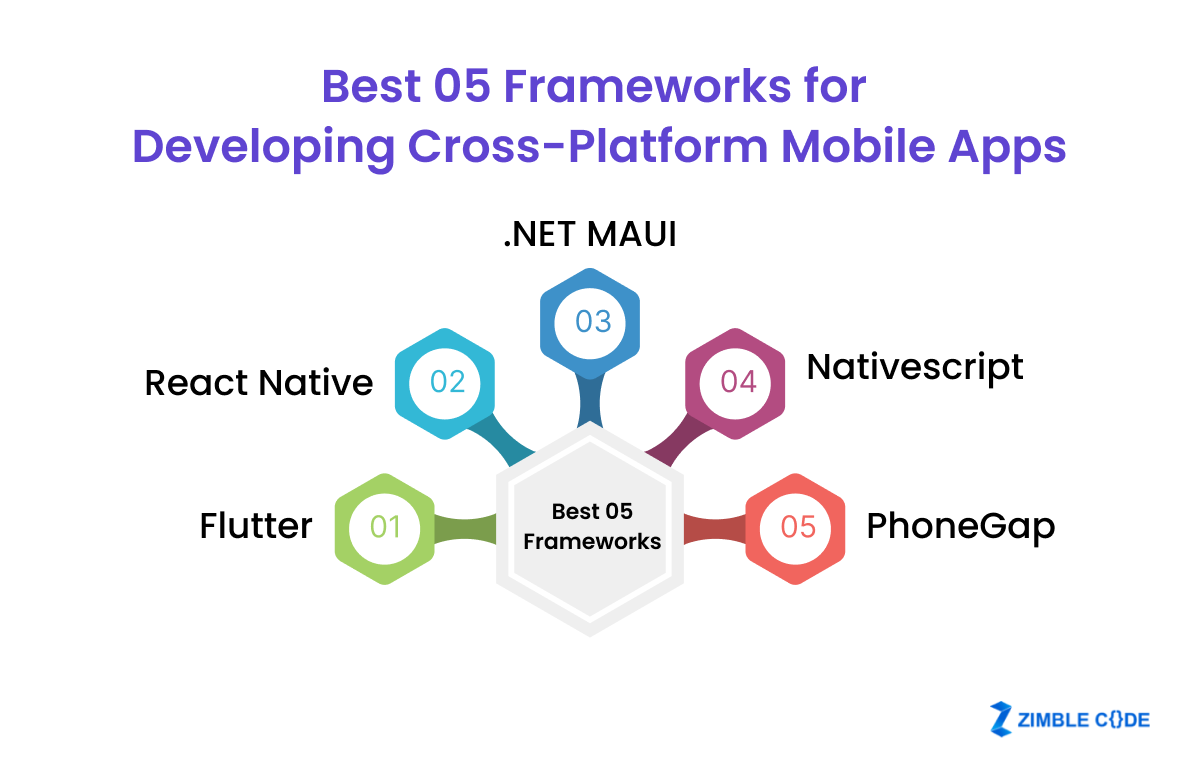
1. Flutter
Within the realm of mobile app development, Flutter stands out as a prominent open-source framework for creating mobile applications. This framework was developed by Google and is open to all, enabling developers to construct apps using a singular codebase.
How does Flutter function?
The key lies in its architecture. Unlike many other cross-platform app development frameworks that rely on a JavaScript bridge to interact with native components, Flutter takes a distinct approach. It compiles directly into machine code, bypassing the necessity for a bridge and delivering superior performance and quicker startup times.
It offers the following advantages:
- Cross-Platform Development: With just one codebase, you can produce applications that operate seamlessly on both Android and iOS platforms, significantly expediting your time-to-market.
- Near-Native Performance: By eliminating the JavaScript bridge for initiating interactions with device-native components, Flutter achieves accelerated speeds and enhanced performance akin to native apps for each platform.
- Expedited Time-to-Market: Leveraging Flutter’s hot reload feature, which instantly updates views after modifications are made, reduces debugging time throughout agile app development processes.
Flutter is widely accepted by cross-platform developers globally due to its effectiveness in crafting top-tier native interfaces for iOS and Android platforms.
2. React Native
React Native is a leading cross-platform framework for mobile app development. It is an open-source framework developed by Facebook. You can use it to fabricate apps for various platforms using a unified codebase.
How does React Native function?
The primary feature of React Native lies in its ability to produce apps with native-level performance on both Android and iOS platforms. It serves as a conduit between JavaScript and native languages via APIs, enabling developers to build modules in languages such as Java or Swift. It also streamlines the app development process to increase proficiency in JavaScript – a widely utilized programming language.
It offers the following advantages:
- Near-Native Performance: Unlike alternative cross-platform frameworks, apps constructed with React Native deliver performance just like native ones. It offers fluid animations and transitions with negligible lags like non-native apps.
- Swift Development & Deployment: React Native facilitates rapid development and deployment through features like hot reloading. It implements changes without recompiling, enabling swift iterations during the product creation phases.
- Extensive Community Support: As an open-source framework endorsed by Facebook, React Native enjoys extensive community backing. This grants access to support from developers worldwide, ensuring swift resolution of challenges encountered during cross-platform mobile app development
If you want to establish mobile apps for platform-specific dominance, opting for React Native will increase your chances of success in today’s competitive digital arena.
3. .NET MAUI
Within the domain of cross-platform app development, .NET Multi-platform App UI (MAUI) is a popular choice, marking an advancement from Xamarin. This open-source framework for mobile application development enables developers to create apps for various platforms utilizing a unified codebase.
How does .NET MAUI function?
.NET MAUI furnishes developers with a unified project structure applicable across various mobile operating systems. This obviates the need to manage separate codes for each specific platform, thereby minimizing redundancy in work efforts and enhancing efficiency during agile app development endeavors. Moreover, it harnesses native UI controls, ensuring consistent aesthetics and functionality across different devices.
It offers the following advantages:
- Streamlined Project Structure: Unlike other prevalent frameworks that necessitate managing multiple projects independently, .NET MAUI consolidates all resources, such as fonts or images, under one roof – simplifying management.
- Natural User Interface (NUI): With its support for NUIs like SwiftUI or Jetpack Compose, creating intuitive interfaces becomes more straightforward. Access to flexible layouts and views ensures superior aesthetics and functionality.
- Extensive Platform Coverage: Whether targeting Android, iOS, macOS, or Windows, .NET MAUI caters to all platforms. Its broad reach guarantees inclusivity, ensuring no potential users are left out due to compatibility issues with a particular OS.
If you aim to build cross-platform mobile apps without compromising user experience or performance, .NET MAUI is ideal.
4. Nativescript
Nativescript is fostered by Progress Software Corporation allowing developers to craft apps for multiple platforms using a unified codebase. With Nativescript, you can fashion Android and iOS applications without scripting platform-specific code separately.
How does NativeScript function?
Nativescript operates on a distinct principle: “Write Once, Use Everywhere.” It employs JavaScript or any language compiled into JavaScript for cross-platform mobile app development. Furthermore, it grants direct access to all native APIs through JavaScript virtual machines like Google’s V8 for Android and WebKit’s JavaScriptCore bundled with iOS platforms.
It offers the following advantages:
- Cross-Platform Development: Opting for Nativescript as your cross-platform framework enables full utilization of skills, teams, tools, and code across web view-based or native UX stacks, saving valuable time during agile app development processes.
- Cost-Effective: An open-source framework without licensing costs, it remains affordable even for startups or small businesses aiming to develop mobile apps.
- User Experience: Unlike many other hybrid solutions compromising user experience due to reliance on WebView components, Nativescripts ensures exceptional user experiences by rendering UIs with native platform controls.
The allure of this widely embraced cross-platform app framework lies in its capacity to deliver performance akin to native apps while streamlining the development process.
5. PhoneGap
PhoneGap, now known as Apache Cordova since 2020, has emerged as a leading framework in cross-platform app development. It serves as an open-source mobile application development framework empowering app developers in Perth, Australia, to construct applications using HTML, CSS, and JavaScript.
How does PhoneGap function?
PhoneGap operates by encapsulating your web application code within a system WebView on any device. It involves taking the code from your website or web app (HTML/CSS/JavaScript), placing it within a local WebView (an embedded browser packaged inside your app), and presenting it through a user interface that closely resembles that of a native app across different mobile operating systems.
It offers the following advantages:
- Cross-Platform Compatibility: PhoneGap can create a singular version of an application that seamlessly functions across diverse devices running different operating systems, from iOS to Android.
- Ease-of-Use: Developers can leverage languages they are already proficient in instead of learning new programming languages specific to each platform.
- Expedited Development Cycle: It is an agile app development process that accelerates clients’ projects without compromising quality performance output.
Read Also – A Comprehensive Comparison of Flutter Vs. React Native Softwares
Wrapping Up!
With the prevalence of smartphone usage in today’s world, many businesses aim to stay competitive by creating mobile versions of their websites. Thus, employing an experienced multiplatform app development company in Victoria, Australia, like Zimble Code, is wise. They offer quality-assured cross-platform app development services along with an array of services, including strategic planning, development, ongoing support, and maintenance. Reach out to our team today!
Frequently Asked Questions (FAQs)
Q1. What language is optimal for cross-platform apps?
Java is widely considered one of the top choices for cross-platform development.
Q2. How much does cross-platform app development cost?
The cost of cross-platform app development varies based on several factors and typically falls within the range of $20,000 to $65,000.
Q3. What are the advantages of opting for cross-platform development?
Cross-platform mobile app development allows businesses to enjoy clear benefits such as quicker development cycles, reduced expenses, simplified deployment, and readily available support.

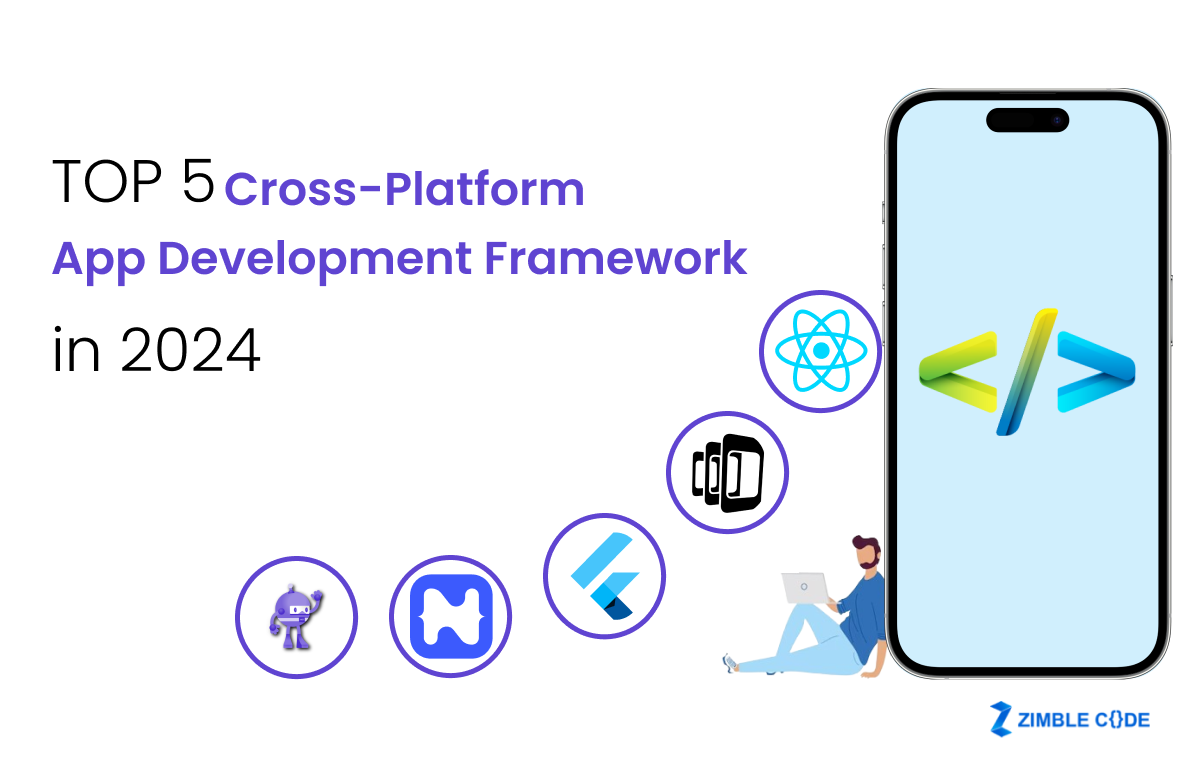
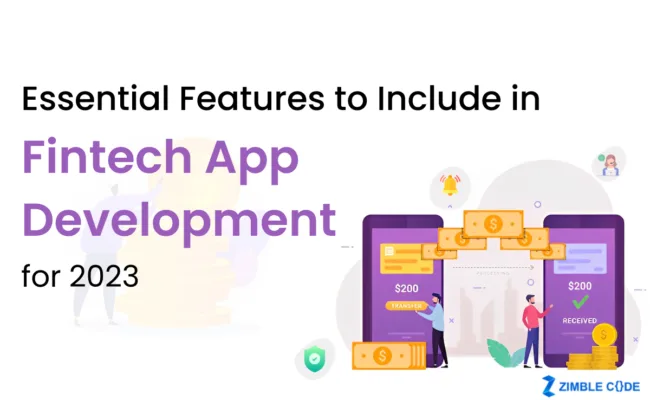
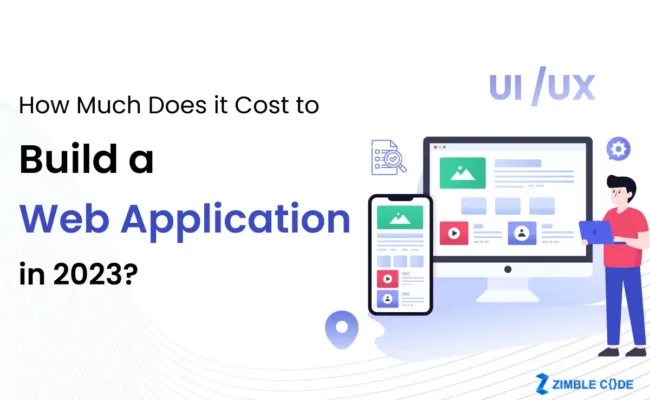

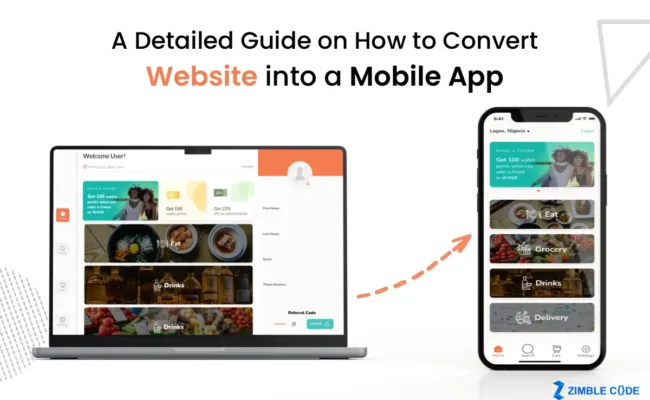
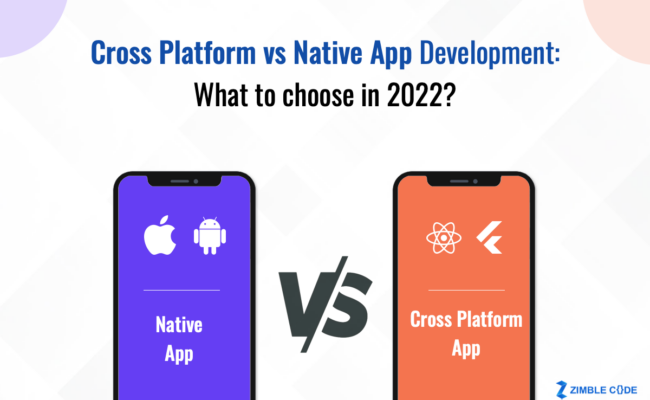

Leave A Comment